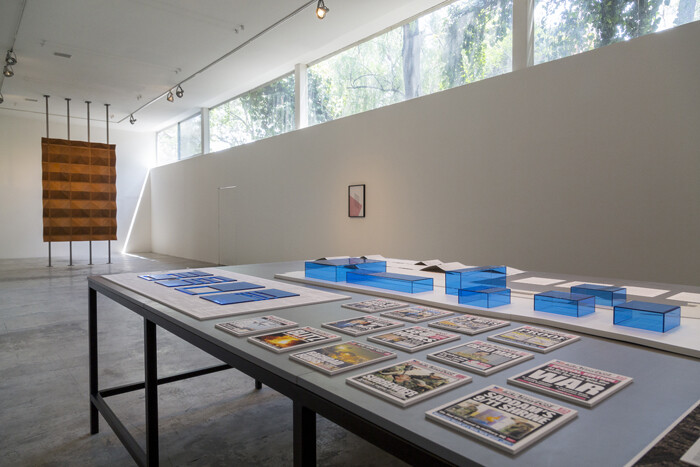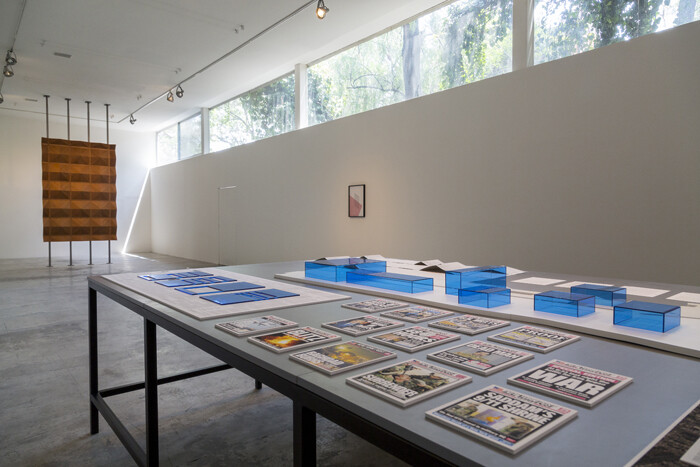On May 13, 1846, United States President James K. Polk went before Congress and asked for a declaration of war against Mexico. His rallying cry: “American blood has been shed on American soil.” While eleven Americans were killed and six more were wounded in what is now known as the Thornton Affair, the official Mexican response considered the skirmish as an act of US aggression that actually took place south of the border. Whether or not the American people had been deceived, Polk—whose administration had already started plotting just such a war in advance—found his necessary pretext, and with it, America’s historic march into expansion-by-force began in earnest. If this strategy sounds oddly familiar, it might be wise to remember that March 20, 2014 was the eleventh anniversary of the second US invasion of Iraq, a premeditated war drummed up by the upper echelons of the US government in “response” to events that might not have happened exactly the way they said they did. By way of trans-historical testament, it is most fitting that Canadian artist Terence Gower now presents his Baghdad Case Study (all works 2012/14)—an encyclopedic work that parallels various post-WWII histories of US interventionism—in Mexico, the very Ur-site of American interference.
At Mexico City’s LABOR, Gower confronts the visitor with a large table containing several artifacts that collectively constitute his Baghdad Case Study—the meat of the exhibition, which admittedly, is also the core of this review. Key amongst these artifacts is a set of three large leporelo sheets, entitled Cause & Effects?, which document three interrelated timelines: 1) the history of the Foreign Buildings Operations office (FBO)—an obsolete arm of the US State Department responsible for constructing new overseas embassies—from its inception in 1946 until 1985; 2) a list, spanning the same time period, of US-led military operations (often by the CIA) whose aim was “regime change” and similar counterinsurgency actions; and 3) a list of attacks on US foreign properties from 1967–85. On a base level, it’s easy to read the American armed expeditions as the “causes’” (i.e. the US-backed Iranian coup of 1953), and the assaults on overseas American holdings as retaliation (i.e. the Iranian Hostage Crisis); however, Gower is actually itching (hence, its title’s question mark) at another narrative, and a small introductory header at the top of one of these folded sheets provides the necessary backstory.
Although the FBO was simply charged with overseeing the construction of new embassies, founding director Frederick Larkin pushed through his own secondary agenda by primarily commissioning star architects—like Walter Gropius (1883–1969) in Athens and Eero Saarinen (1910–1961) in Oslo. Idealistically, the designers were tasked with producing complexes that projected a kind of new American dynamism wedded to “welcoming” and “open” facades. Whether or not these high-profile buildings actually signified goodwill, the US’s militaristic actions detailed in the exhibition made several of these buildings targets—exactly the kind of effect that Gower’s document proposes. In any case, after various bombings (like the 1983 bombing of the American embassy in Beirut), the FBO switched its design philosophy and began designing fortress-like structures; then it rebranded itself as today’s Bureau of Overseas Buildings Operations.
Although the titular subject of the exhibition is Baghdad and the two US embassies located there—the first designed in 1955 by renowned architect Josep Lluís Sert (1902–1983) and ultimately abandoned due to diplomatic tensions during the 1967 Arab-Israeli War, and the second, an ever-expanding castle which opened in 2009 with a price tag of over 700 million dollars, by the firm Berger Devine Yaeger (now Yaeger Architecture)—the exhibition as a whole speaks to a larger question: how is media used to coerce and co-opt various citizenries? While the “winning-of-hearts-and-minds” ideology could be called upon to rationalize Larkin’s agenda and the FBO’s blingy embassies, the real twist of Gower’s exhibition spins on how soft-power tactics were turned back on the American people—just around the time of the end of the FBO’s existence.
As a mirror of Cause & Effects?, Gower provides a facsimile of the Iraq Liberation Act of 1998, a US Congressional statement calling for a regime change in Iraq long before the events of 2003. While there is not enough space here to go into a lengthy discussion of the intricacies of US-Iraq relations, it is important to point out that members of the US Government wished to invade Iraq in order to secure American oil interests in the country regardless of any other claims—thus, the Iraq Liberation Act is just one of many smoking guns. Using public resources and bodies to secure private gains is always a hard sell, and as fate would have it, the administration of then sitting President George W. Bush found its call to arms in the events of 9/11. The only problem was that Iraq needed to be tied to the attacks, and to this end, Bush and his cronies led a media war to make the world and the American people believe that Iraq was complicit in the attacks and/or could and would stage something similar. The US State Department and its diplomatic corps tried to form a coalition with various allies, but this apparently backfired when France and Germany refused to go along with it—that is until the New York Post and other press outlets began a sensational smear campaign against not only Iraq, but also France and Germany. To illustrate this propagandistic turn, Gower exhibits a series of infamous Post covers calling for unilateral action. Long story short, Bush got his war, and the Post (and its owner Rupert Murdoch) sold a lot of papers.
Coming full circle, Gower’s display ends with an overhead “surveillance” shot of Baghdad today courtesy of Google Earth. A red line highlights the new embassy, a vulgar display of imperialism and power, as well as the old and abandoned embassy. Considering these two properties as pendants, the exhibition’s story could be read as a grand tragedy of how a utopic dream of international cooperation was inverted by hubris and greed. Nevertheless, it would be prudent to see through all the rhetoric and designs no matter what the supposed intention. While reifying abstract social relations like “transparency” might be an interesting design game, the exhibition harks to a more complex warning: while the aesthetics of politics are something to be watched, to consider politics as an aesthetic alone is just a form of misrepresentation.










